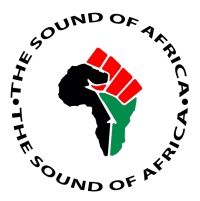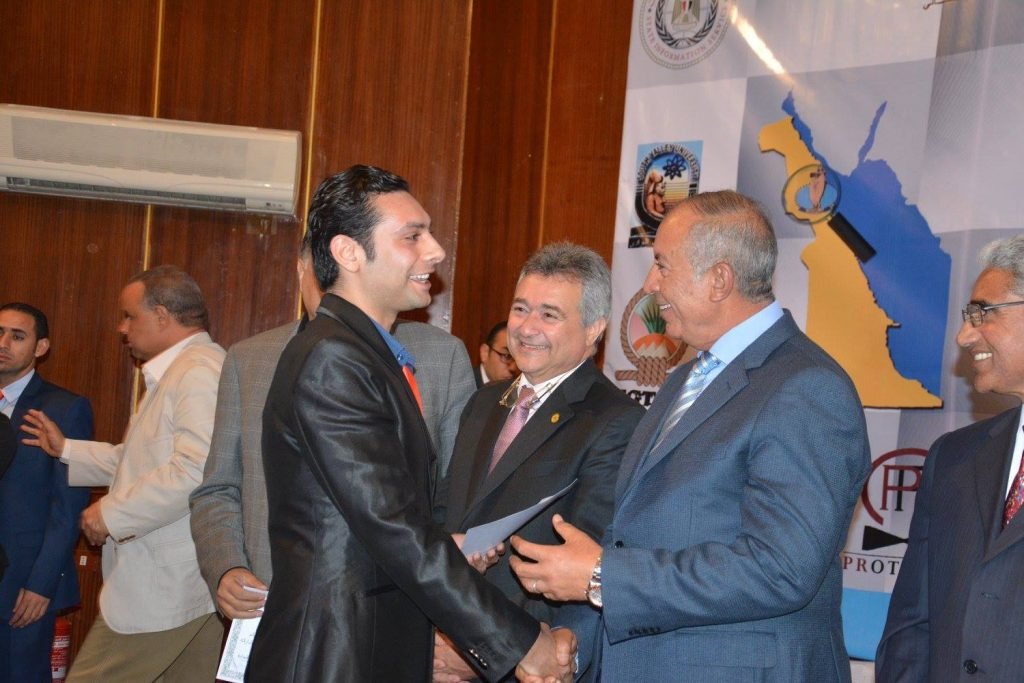World Water Day: The Impact of Clean Water on Education and Health
 Access to water is not just a right—it is a fundamental human necessity for daily survival and quality of life. Without reliable access to clean water, people are at greater risk of illness. They may also spend countless hours traveling to collect water, time that could otherwise be spent on education, earning a living, or caring for family. The lack of clean water can even lead to conflicts within and between communities. A world where everyone has access to clean water is one where children can focus on their education, parents can attend to work, families can thrive, and water-related conflicts are a thing of the past. World Water Day, first celebrated in 1993 and held every March 22nd, is an occasion to reflect on the importance of and progress in protecting freshwater resources. It’s also a reminder that we still face significant challenges.
Access to water is not just a right—it is a fundamental human necessity for daily survival and quality of life. Without reliable access to clean water, people are at greater risk of illness. They may also spend countless hours traveling to collect water, time that could otherwise be spent on education, earning a living, or caring for family. The lack of clean water can even lead to conflicts within and between communities. A world where everyone has access to clean water is one where children can focus on their education, parents can attend to work, families can thrive, and water-related conflicts are a thing of the past. World Water Day, first celebrated in 1993 and held every March 22nd, is an occasion to reflect on the importance of and progress in protecting freshwater resources. It’s also a reminder that we still face significant challenges.
In 1992, the United Nations’ launched Agenda 21, an action plan for sustainable global development that included the establishment of a global water day in 1993. Since then, each World Water Day has focused on water’s intersection with topics like jobs, energy, gender equality, cities, sanitation, pollution, food security, and climate change. Civil society organizations (CSOs) around the world rally behind the annual theme, highlighting their efforts to ensure access to clean water. The UN also releases its annual World Water Development Report (WWDR) to track global progress.
The Global Water Crisis: A Snapshot of Progress and Challenges
In the past few decades, significant progress has been made, thanks to collaboration and sustainable development efforts at local, national, and international levels. According to World Vision, the number of people lacking access to clean water has decreased from 1.1 billion in 2000 to 703 million in 2022. Additionally, 2.6 billion people have gained access to improved drinking water sources since 1990.
However, roughly 2.2 billion people worldwide still lack access to clean water. In particular, the climate crises and political instability of the past decade have disproportionately impacted Sub-Saharan Africa. The WWDR 2024 states that, since 2015, “the number of people without safely managed drinking water in Africa has increased from 703 million to 766 million” and that over a third of the countries in Africa—home to more than half a billion people—are classified as “water-insecure.”
The global water crisis has far-reaching consequences, but its impacts are particularly severe in East Africa, where communities face some of the lowest rates of access to clean water. In these regions, Asante Africa Foundation is making a difference by addressing water scarcity through innovative, youth-led programs that empower local communities to create sustainable solutions.
Supporting Asante Africa Students in Water-Insecure Communities
 Given this reality, many amazing students supported by Asante Africa Foundation face the daily challenge of lacking access to clean water. As a result, they often have to sacrifice valuable time—time that could be spent on education—by walking miles to collect water for their families. This burden is particularly heavy for female students, who are more frequently tasked with water collection and other homecare responsibilities. This not only disrupts their education but also affects their ability to concentrate in class, stay in school, and reach their full potential. Clean water ensures healthier students who can fully engage in their studies, paving the way for brighter futures.
Given this reality, many amazing students supported by Asante Africa Foundation face the daily challenge of lacking access to clean water. As a result, they often have to sacrifice valuable time—time that could be spent on education—by walking miles to collect water for their families. This burden is particularly heavy for female students, who are more frequently tasked with water collection and other homecare responsibilities. This not only disrupts their education but also affects their ability to concentrate in class, stay in school, and reach their full potential. Clean water ensures healthier students who can fully engage in their studies, paving the way for brighter futures.
Asante Africa Foundation’s Youth Livelihood Program serves as a transformative platform, empowering young people in rural East Africa with the skills and tools to create lasting change in their communities, including combating limited water access. Participants are not only prepared to enter the job market or start their own businesses, but they are also positioned to tackle critical issues like water scarcity by developing sustainable, community-focused initiatives. Through the power of youth-led innovation, programs like this have the potential to turn today’s challenges into opportunities for a brighter, more resilient future in East Africa.
A shining example of this is the youth-led canteen initiative launched in summer 2024 at a rural community school in Uganda, where students of the program addressed the struggle of limited access to clean water and food at the school. By applying their training, the students created an entrepreneurial solution—a water and refreshment station that provides clean water to hundreds of people daily. This project not only brought a critical resource to the community but also generated sustainable income to support ongoing operations. It exemplifies how the Youth Livelihood Program transforms challenges into opportunities, aligning perfectly with the goals of World Water Day by highlighting innovative, youth-driven solutions to one of the world’s most pressing needs: access to clean water.
Access to clean water is essential for health, education, and economic growth. Join Asante Africa Foundation in our mission to provide life-changing resources to communities in East Africa. Your contribution can help ensure students spend their time learning, not searching for water. Donate today to make a lasting impact on the lives of children and families.
WRITTEN BY: Scott Benigno



